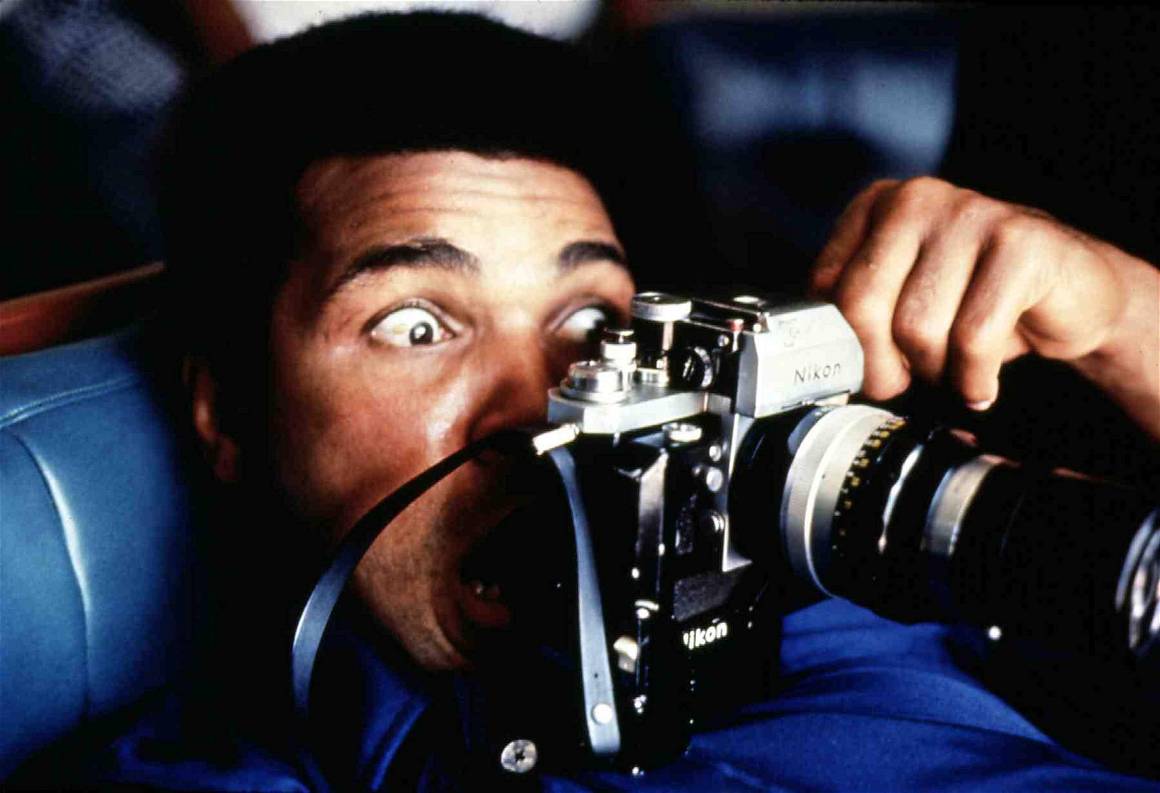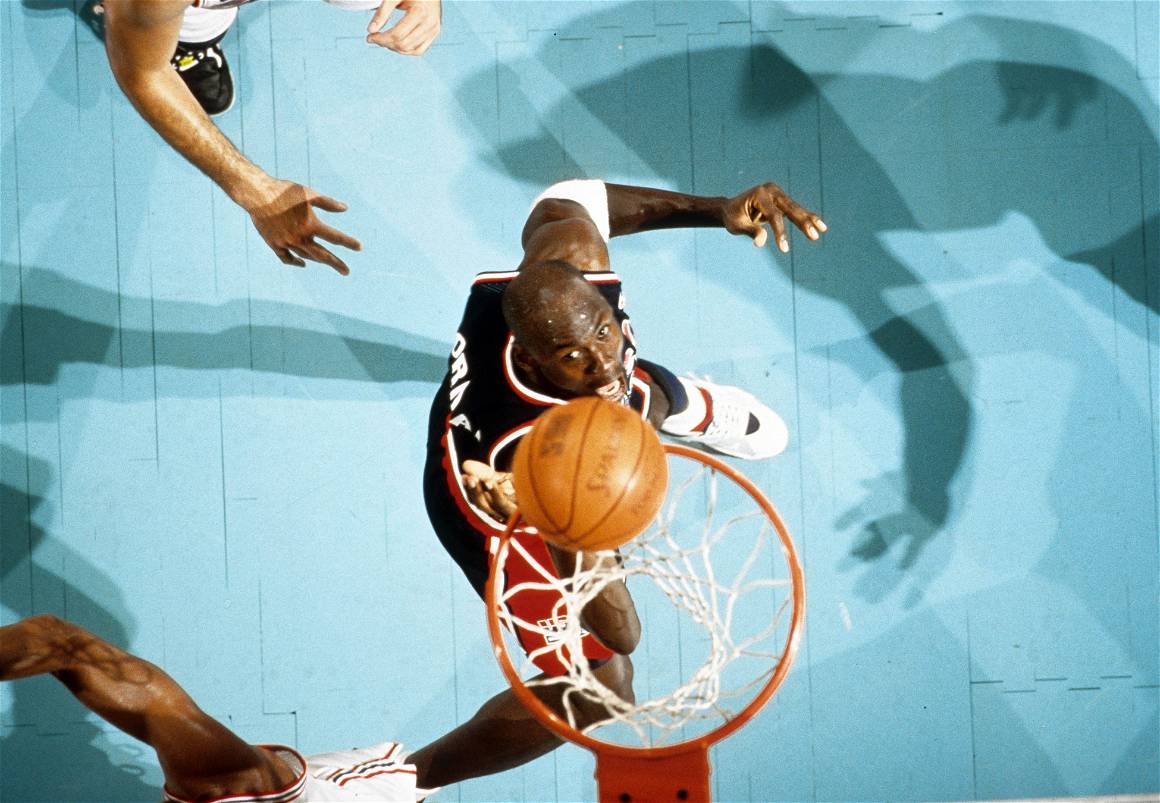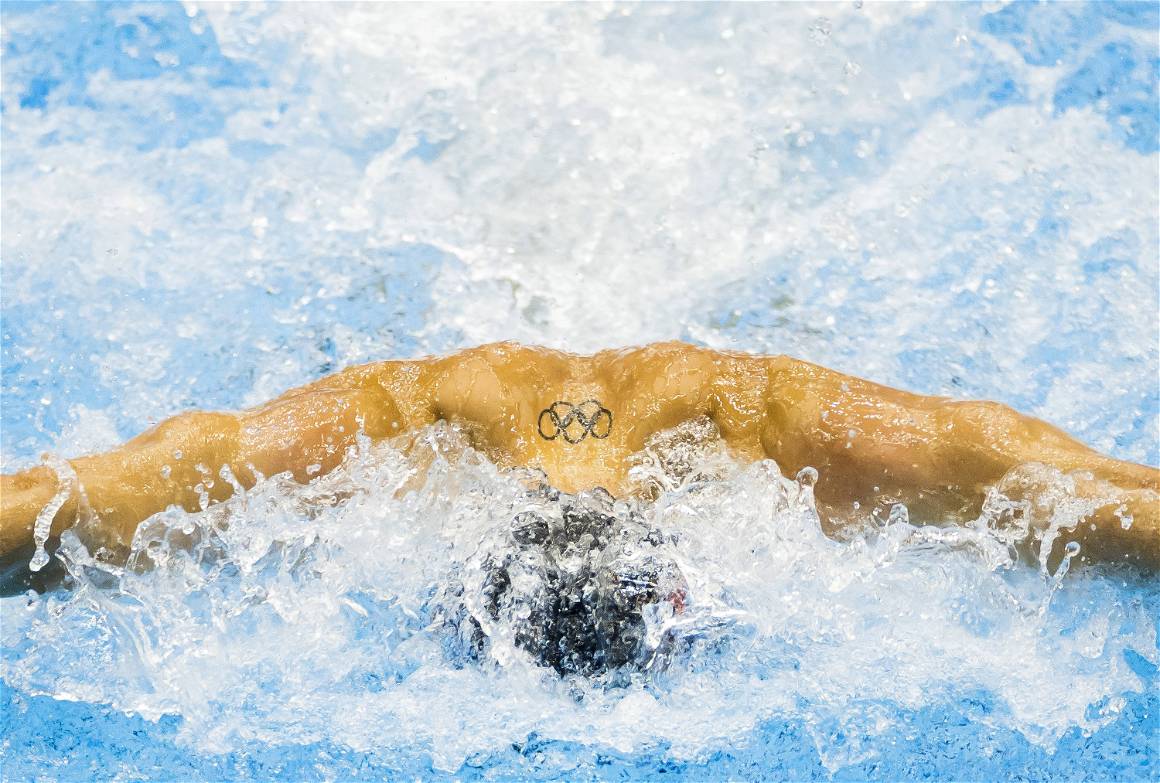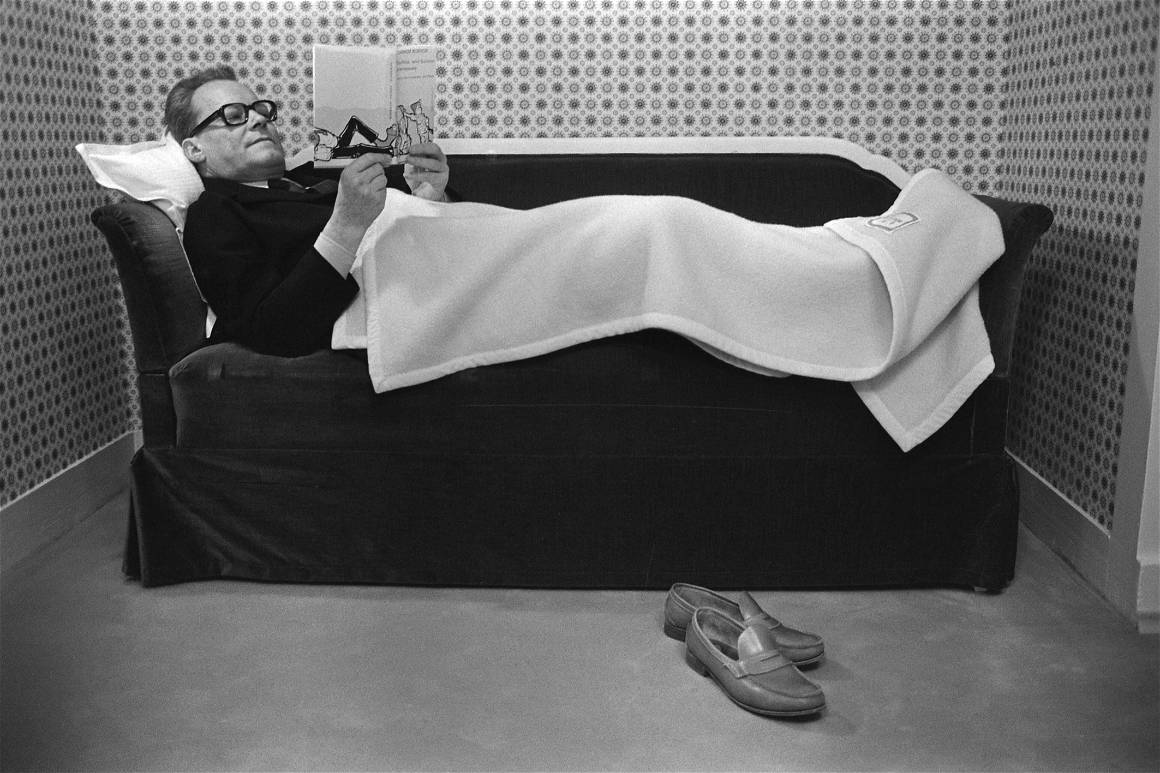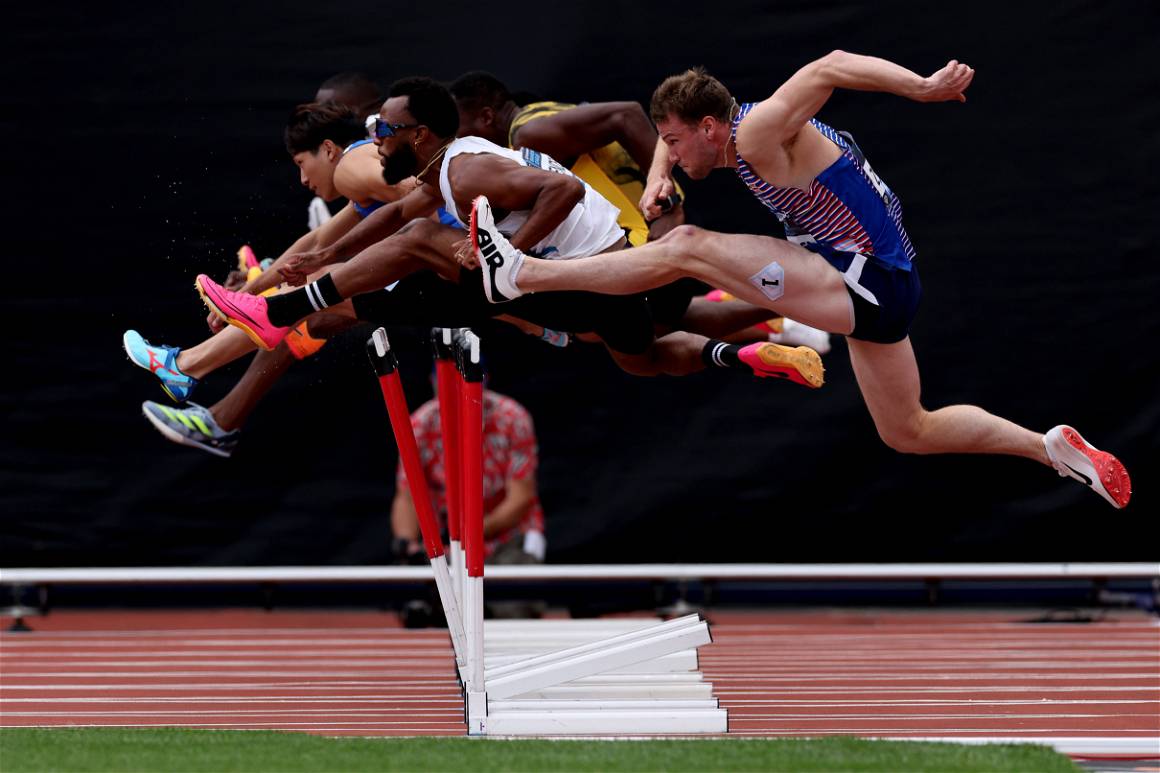Sven Pehrs is Head of the Picture Desk at IMAGO and has been involved in the industry for over 20 years. With a passion for photography and extensive experience at the heart of a photo agency, Sven shares his insights and valuable information with photographers and others involved in the industry who wish to learn more about what goes on behind the scenes.
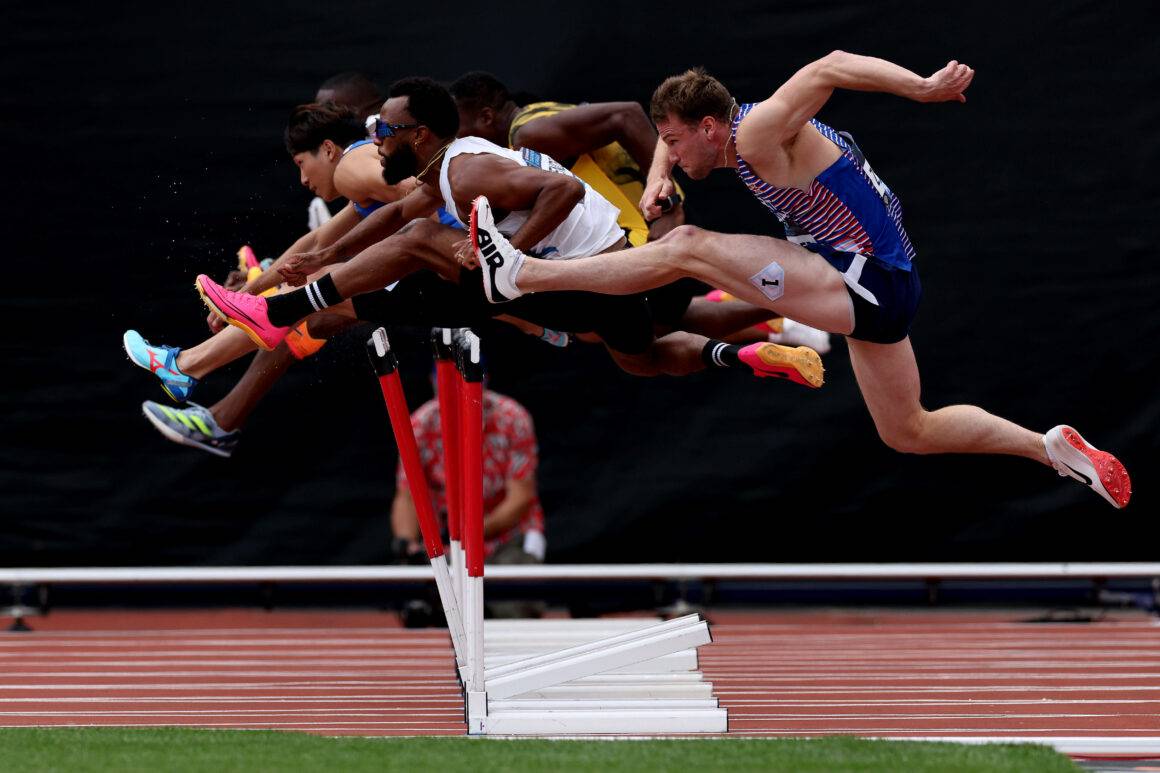
Shedding Light on Shadows: Unveiling the Secrets of Professional Photography by Sven Pehrs

“I am paid to look at pictures. How great is that!”
Could you please introduce yourself and give some background and insights about how long you have been in the photo industry?
Started at IMAGO as a law student in 2002 and changed my career to journalism as a member of the IMAGO picture desk in 2003. The best place to be as a sports nerd. Grew into all facets of the picture business as time went past but still won’t miss an occasional shift at the picture desk in the midst of everything. From world news to local topics – at IMAGO we deal with everything and I love it. I am paid to look at pictures – how great is that!
Can you elaborate on the primary responsibilities of the Picture Department within a photo agency?
We at the picture desk evolved in our tasks and due diligence as IMAGO images evolved into a global visual content provider. We screen the incoming pictures for topics our customers and partners need for their daily news coverage and make sure that they have quick and easy access to it. We oversee the archives which we are constantly extending and manage the content our partners entrusted us with. The picture desk is the heart of the company as we are the caretakers of the IMAGO product. We are in contact with our big network of photographers all over the world and help our customers to find the pictures they need.
How does the Picture Department work with photographers to ensure a wide variety of high-quality content?
Normally we trust in the knowledge of the photographers on location to find the scoop, to know what’s going on in their city. Our content team is always working with a tightly knit network of partners who provide the stories of the day. For major events of course from the Academy Awards to World Cups we are in contact beforehand to ensure “smooth sailing” when things can get a bit hectic.
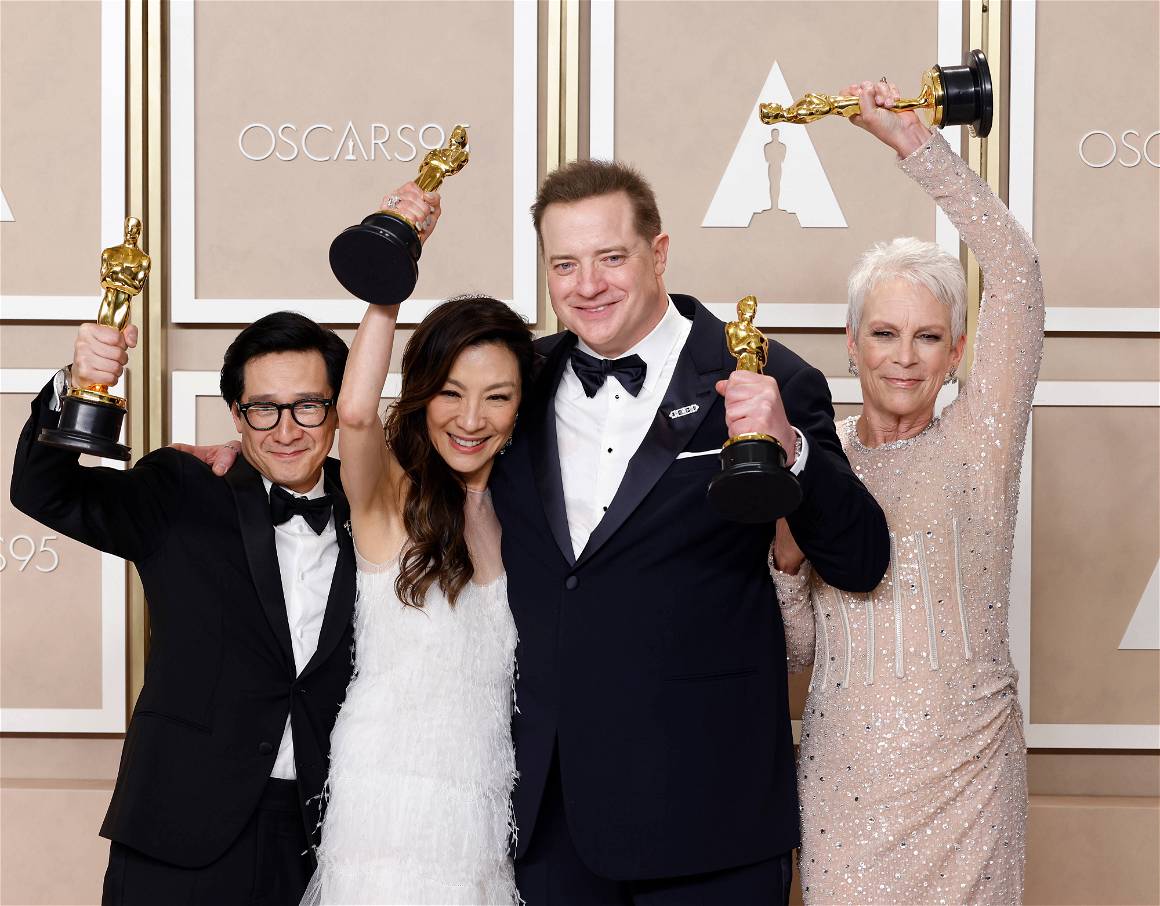
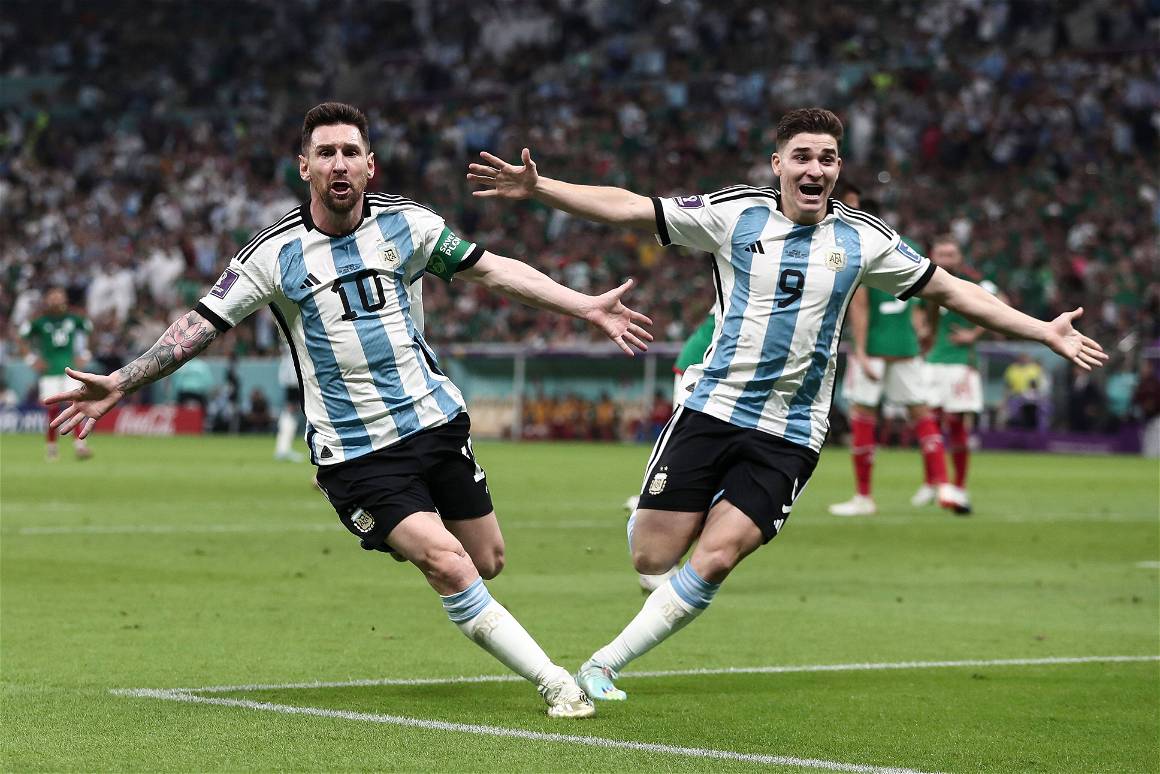
What criteria do you use when selecting photographs for various projects, collections or clients?
It depends. For a customer you take their point of view and have the look of the publication in mind. You try to anticipate how the customer would like the publication to look. For our own collections we always want to show the variety of our huge archive to give inspiration on how it could look and what possibilities there are. Include different tastes and approaches to a topic and prove that we can fulfil them all.
How important is understanding current photographic trends for photographers looking to have their work selected by a photo agency?
I personally am happy to see new trends and how different photographers set up a scene but still love photographers who found their style and stick to it for years unfettered by changing trends. We want every customer to find the look they prefer and that’s why many different photographers have found a home with IMAGO.
Can you share some tips on how photographers can make their work more attractive for selection by the Picture Department (Sports, News, Entertainment, Creative)?
A few simple rules to secure success in the editorial market.
Availability: You can only licence what is shown to the customers – so timing and quick coverage are big factors.
Description: You will only find your customers when you describe the picture in the IPTC with the correct names and date. In editorial that should only be: Who or What, Where, When and (only if necessary) Why? Add a few major categories. Customers do not need the story or background of the person. They know it themselves, that’s why they are looking for a photo.
Exclusivity: Don’t go with the herd – find the side story that touches the heart or blows your mind.
Frame: Like in Fashion in Entertainment pictures the outfit matters: full body shots!
Sports: Emotions are important. Also do single player shots, they are useful during the whole season. Pictures of two or more players can be used for a certain game or person combination only.
For Creative you have to take another approach in the description. Because there is no event name or person to search for, your keywording has to be empathetic and associative and altogether much bigger. But do not overdo it – customers hate plain wrong keywording.
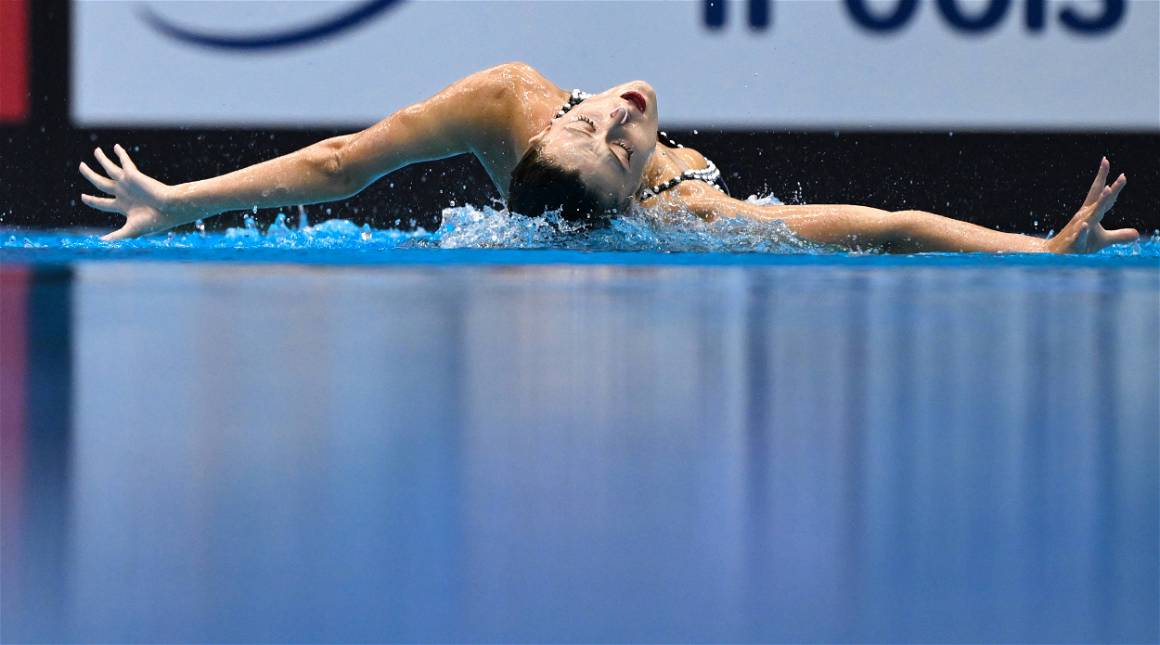


What are some common issues or oversights you see in photographers’ work, and how can photographers avoid these?
I think it is always good to have a topic that you know better than the rest – an “ecological niche”. You can of course be one of many photographers at the red carpet or the pitch. But by knowing the ins and outs of a festival/sport/club you can produce meaningful pictures that tell a story in one frame.
Looking ahead, what trends or changes do you foresee in the industry that photographers should prepare for?
No secret: AI is big and powerful. It will change a lot. But authenticity will always be the factor for editorial news.
What elements do you consider when creating a collection of live coverage of sports or events?
EMOTIONS! Key Moments of the game. Momentum swings, winners/losers, dynamic action pictures.
What do you think can make an image iconic and historical?
It sums up the feeling of everybody involved or watching it. You still see it afterward in your “inner view” – but also sometimes just repetition – f.ex, because there are only a few pictures.
